Questionhi i have recently had a staffy bull pup. Although he is good with my parents yet he is not with me. We can be playing with his favorite toys and he starts to get nasty, snarling and showing his teeth and starts to bite me this really upsets me as he hurts! He doesn't do as he is told for me but does for my mum.
AnswerJenna,
Please immediately enroll your pup in a training class with a reputable trainer. It is VERY important to get this under control now. It is suprising that such a young pup would show aggression like this.
If you are playing tug-o-war with the pup with his toys, stop immediately as this can cause aggression.
It sounds like he may be trying to "gaurd" his toys and this can be corrected. I will put some instructions below on how to deal with this.
If he is not neutered, please do so ASAP - as this can help with his attitude.
He seems to also think of you as a playmate/or someone on his same "level" but seems to look up to your parents. To resolve this, you should be the primary caregiver for him --- giving him his water; giving him his food as much as possible. Make him sit and stay and then give him food. This will help him to look up at you as a pack leader as he does with your parents.
Now, back to the gaurding:
Resource Guarding
There are dogs who growl and snap when approached while chewing a toy, eating or lying on a favorite spot. These dogs are guarding what they consider to be a valuable resource. That's why this type of behavior can be called "resource guarding."
Possible Causes:
Some dogs are prone to this because of temperament tendencies. Others have learned to be this way. For example, if he has been "attacked" by humans after he drops something such as a shoe. How, then, can he prevent your wrath? Dropping it didn't work. Some dogs will then choose aggression in an attempt to back you off. This is painfully familiar to many owners. This behavior can be a part of a general confusion about who leads and who follows in the home.
Recommendations:
First of all, remove anything he may protect. If you can't remove the item (such as a bed or couch), block access to it by closing a door or putting up a gate. Keep him on lead in the house so you can more easily control him.
Teach him to "Leave It" in a positive, fun way. Do NOT make this into a battle. Make him think this command is an opportunity for a reward, not a chance to lock horns with you. Always start teaching this command with boring objects so that praise and treats will be the obvious choice.
Reward spitting things out. Much of this sort of aggression is man made. People get angry when their dog takes things, then fail to give him a way to please them. They create a situation where, once something is in their dog's mouth, there is no way for the dog to win. This can force the dog to start defending himself.
Here's the rule: Once something is in your dog's mouth, it is TOO LATE to teach him not to take it. The only thing you can teach him now is to spit it out promptly. Therefore, reward spitting it out.
Take then Give. Early on, practice "Out" with your pup. Walk up when he is chewing a toy. Say "Out" and take the toy. Praise him for his brilliance. Give him a treat. Return the toy and leave him alone. A few weeks of this once or twice a day and your dog will want you to come and take him toys.
Neuter him! The most serious bites come from intact male dogs. Make the neuter appointment today!
Ignore him. Do not look at or speak to him unless he is working for you and even then, keep attention short, sweet and intense after which you ignore him again. You want him to want your attention, not constantly be getting more of it then he desires. Leave him wanting more.
Redirect him. If he is pawing you then keep him on lead and work his demanding self. Every time he paws you have him "Sit, down, Sit, down -- come, stay, OK" -- with little praise. He may well decide that a nap is a better idea.
Teach him to move out of the way. This will help with his understanding that you lead and he follows. If it is safe to do, simply shuffle your feet into him (no kicking) until he moves then praise him. Or leave a lead on him and guide out of the way then praise.
He owns nothing! He has no "favorite" chair or toys that are "his" -- everything in the house is yours. If he is protective over anything, a bowl or a toy, remove it until his attitude has improved.
All of his time must be spent on the floor. The higher up he is in the room, the higher up he is in his head. Nope, his place is on the floor. Teach him to get off things on command. Always praise him cheerfully for obeying. If need be, close off rooms and/or leave a lead on him so you can manage him more easily. Always praise him cheerfully for obeying --- that is important!
Confine him daily. Daily crating is a generally good routine for this sort of dog and keeps him out of trouble in many ways. Even if you are home with him, crate him for several hours every day. [Note: many behaviorists advise that it can be counter-productive to crate a dog more than 5 hours a day over the long term.]
Increase his exercise. This is a great deal of change for him. Exercise will help relieve stress and release excess energy. Be sure to play games that promote cooperation and control -- skip tug-of-war, wrestling and chasing after him.
We do NOT recommend:
Going to battle over a squeaky toy. Your dog, no matter how small, can injure you. When a dog shows he is ready to battle a human, we already know that he is misinformed and confused. We need to straighten out that confusion prior to discussing that unwanted aggression. If you attack him for threatening to attack you, you may well escalate his aggression. And, even if you "win" he may decide to fight sooner and harder next time. What he needs is education, not attack.
Anytime -- ANYTIME -- your dog threatens you, hands-on help from a qualified professional is the best next step. Aggression is complicated and, if it isn't dealt with quickly, can get worse. In the end, it can lead to the death of your dog assuredly as any disease.
Common Mistakes:
* Thinking it is OK for him to have a chair or a toy that is "his."
* Assuming he won't bite.
* Avoiding the problem rather than dealing with it.
* Leaving toys that you know he is protective over out because "he likes them so much."
* Thinking this behavior will get better with time.
* Allowing denial of the problem to put other people at risk.
Further Advice: Seek any and all help, including from your veterinarian.

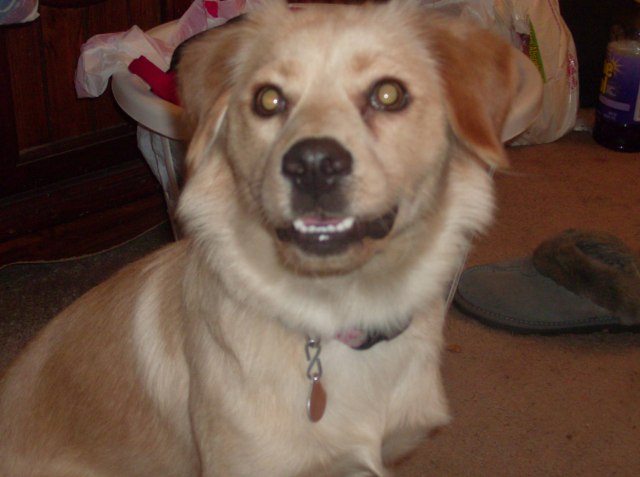 Running/Non-Obeying
Question
Star
I have a female Lab mix who has this obse
Running/Non-Obeying
Question
Star
I have a female Lab mix who has this obse
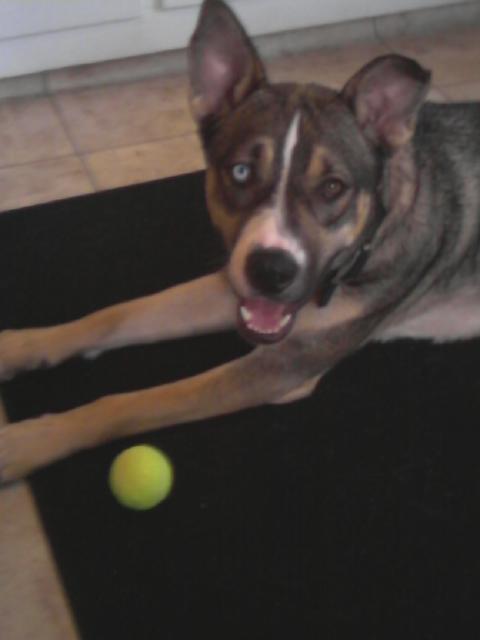 Dog tackling
Question
My dog
I would like to know a technique or a t
Dog tackling
Question
My dog
I would like to know a technique or a t
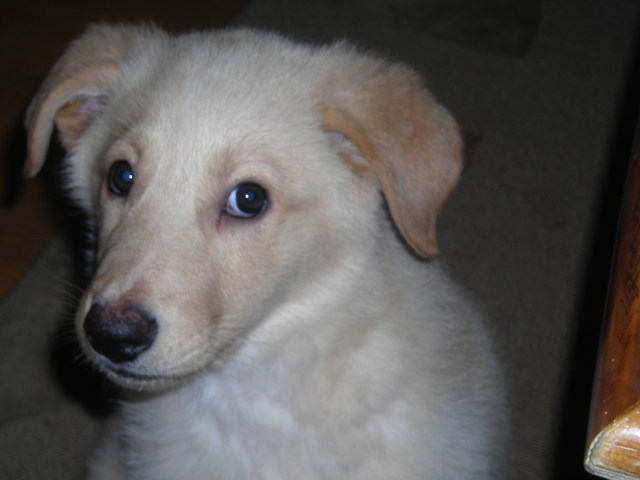 housetraining
QuestionQUESTION: We have a 10 week old retriever/colli
housetraining
QuestionQUESTION: We have a 10 week old retriever/colli
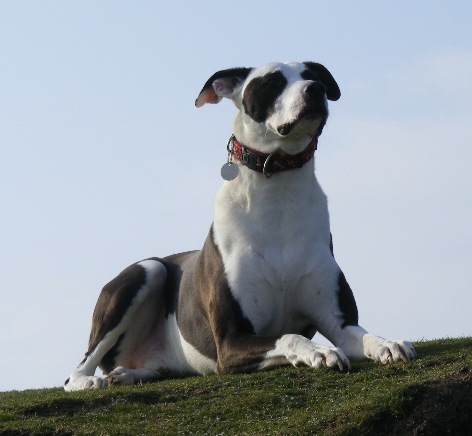 Ponter cross aggression
Question
Ollie
I have an 8 y/o pointer cross lurcher (w
Ponter cross aggression
Question
Ollie
I have an 8 y/o pointer cross lurcher (w
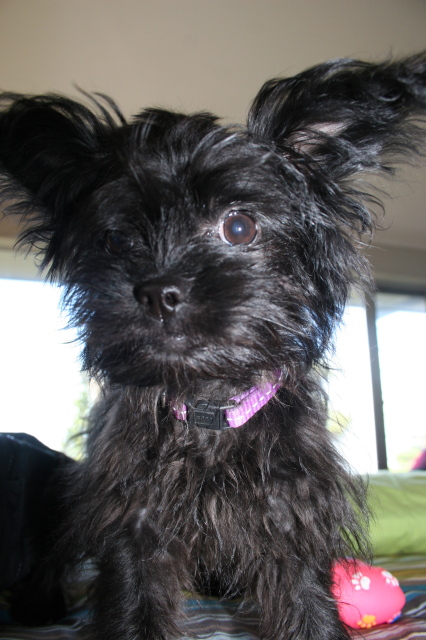 Shih tzu toilet training
Question
Shih Tzu Chihuahua
We have a Shihtzu/Chihuahua
Shih tzu toilet training
Question
Shih Tzu Chihuahua
We have a Shihtzu/Chihuahua